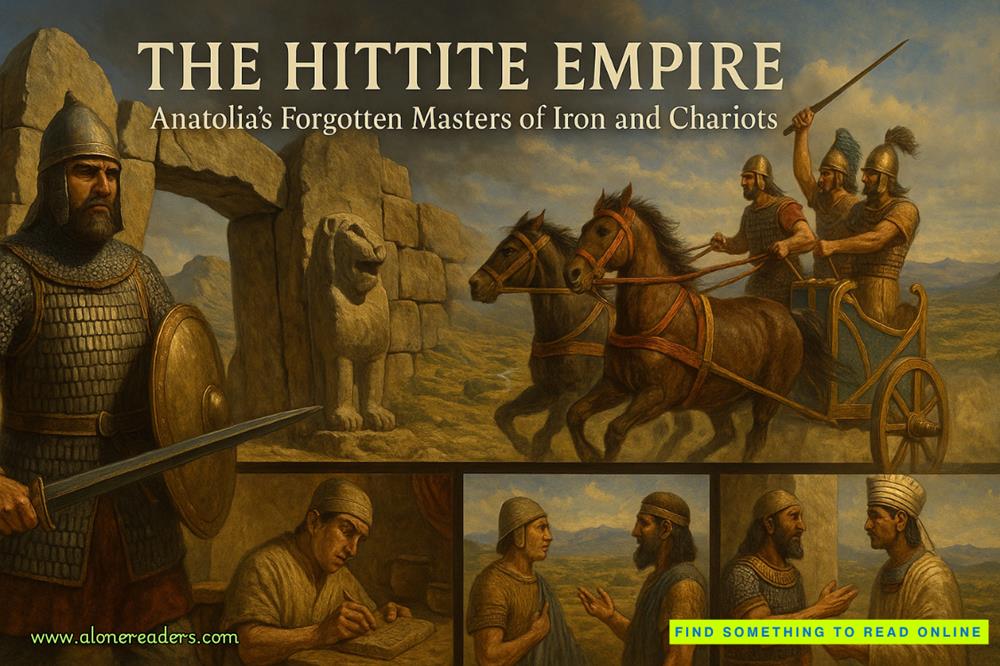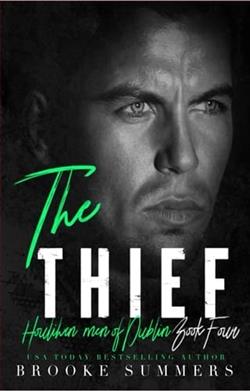Page 3 of Dead Air
Five years ago, Detective Monica Landry was murdered at the old paper mill warehouse on the eastern edge of Savannah. The case remains officially unsolved. No arrests. No suspects named publicly. But tonight, we're going to hear something that's never been released.
[Brief pause]
LEAH:This is the emergency radio call made by Detective Erin Lawson, Monica Landry's partner, moments after the shooting:
[Audio clip plays]"I've got a 10-999! Officer down! Send help immediately! Warehouse district, old paper mill. Shots fired, officer down. Need medical help now!"
[More distressed sounds, emotional breathing]"Stay with me, Mon. Help is coming. Just stay with me!"
LEAH:That was Detective Erin Lawson, Monica Landry's partner, calling for help that would arrive too late. Thisrecording has never been released to the public until now. Multiple sources within the Savannah PD have confirmed it's authentic.
[Music shifts to a more somber tone]
LEAH:The official investigation concluded that an unknown attacker shot Detective Landry in the chest and escaped into the night without being identified. But there are troubling problems with this story.
Why were two detectives meeting at an abandoned warehouse after hours? Why was Detective Lawson, the only witness, unable to identify the shooter? And why, despite an extensive investigation, was no evidence ever found to identify who lured Detective Landry to her death that night?
[Brief pause]
LEAH:I've spent the last eight months investigating what really happened on August 17th, five years ago. What began as an examination of one detective's murder has uncovered something far more disturbing—a pattern of sealed evidence, redirected investigations, and questions that powerful people don't want answered.
LEAH:Let's start with the basics. Monica Landry was a rising star in the Savannah Police Department. Thirty-six years old. Eight years on the force. Three years in Homicide. Her personnel file, which we obtained through public records requests, shows consistent commendations and rapid advancement.
LEAH:Her former captain, now retired, Thomas Richardson, declined our request for an interview, but provided this statement:
[Reading from statement]"Detective Landry was an exemplary officer whose loss continues to impact us all. The investigation into her murder remains active, though no suspects have been identified at this time."
LEAH:Active investigation. That's the official line. Yet department sources tell a different story.
SPD SOURCE (voice disguised):Nobody's actively working Landry's case. Hasn't been touched in years. After the initial push, everything just … stopped. Orders from above. Focus on active cases, they said. Not cold ones.
LEAH:This source, who requested anonymity due to fear of professional repercussions, described how the investigation stalled within months of the murder.
SPD SOURCE:The case got reassigned three times in six months. Evidence disappeared from the file. Witness statements that didn't match the official narrative were buried. Anyone who pushed too hard got transferred or shut down.
[Music intensifies]
LEAH:In the weeks before her death, Detective Landry was working a major drug trafficking case involving a dealer named James Rafferty. According to case notes, she believed the operation extended beyond street-level distribution into money laundering through legitimate Savannah businesses.
LEAH:Her partner, Detective Erin Lawson, continued the investigation after Landry's death. But within six months, the Rafferty case was quietly closed due to "insufficient evidence."
LEAH:Detective Lawson declined multiple requests for an interview. Her only public statements about her partner's death came during a brief press conference five years ago:
[Archive audio clip]"Detective Landry was not only my partner but my friend. I will not rest until her killer is brought to justice. That's all I have to say at this time."
LEAH:Sources close to Detective Lawson describe how the case consumed her in the years that followed.
FORMER COLLEAGUE (voice disguised):Lawson became obsessed. Kept copies of everything. Worked the case onher own time. Her performance suffered. Started drinking. The department tried to get her help, but she pushed everyone away.
[Music shifts, becomes more investigative]
LEAH:What drove this obsession? What did Detective Lawson believe the department was missing—or hiding?
LEAH:We obtained the original crime scene photographs through a Freedom of Information request. They show the warehouse where Monica Landry died. Blood pool beneath a loading dock. Shell casings marked with evidence tags. And something peculiar—a mounted floodlight positioned to illuminate the exact spot where Landry was standing when shot.
LEAH:According to Detective Lawson's statement, this floodlight suddenly activated moments before the shooting, temporarily blinding both officers. When her vision cleared, Landry was already down.
LEAH:But here's the problem: that warehouse had no electricity. It had been abandoned for seven years. Power had been disconnected long before the shooting.















